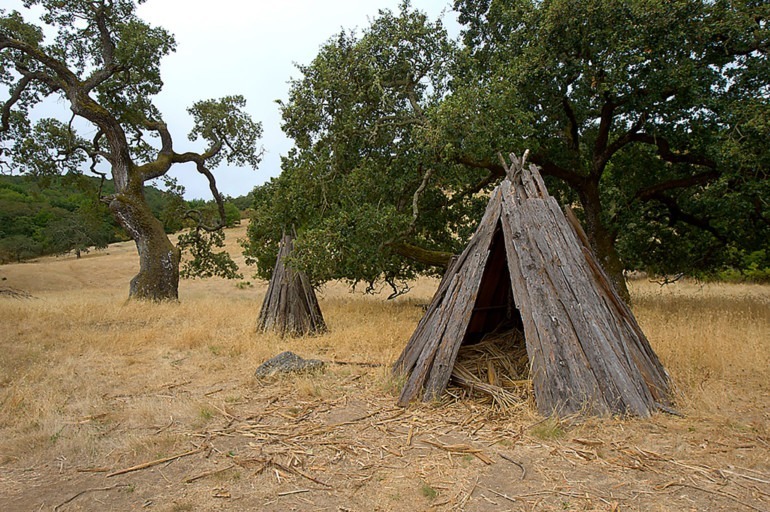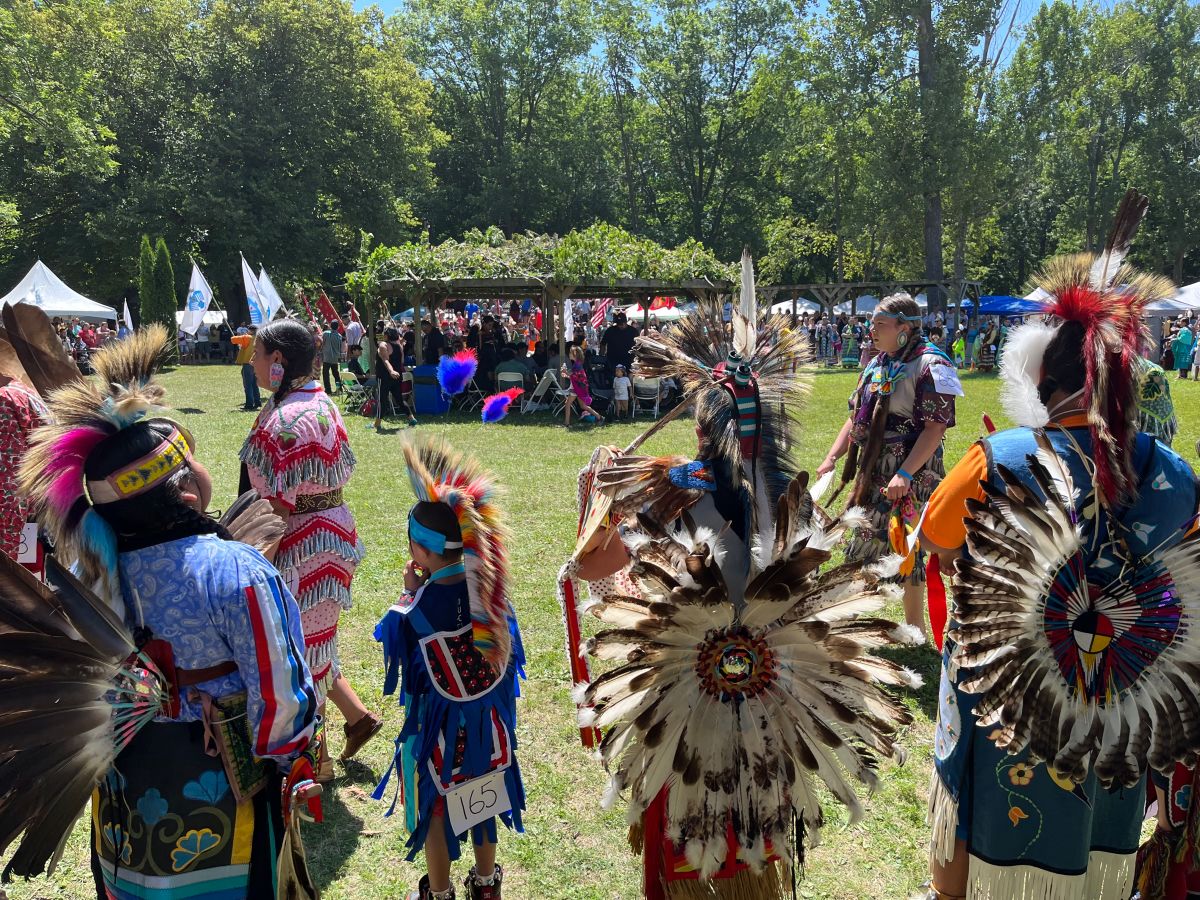
Guardians of the Golden State: The Miwok Tribe’s Enduring Cultural Traditions and Historical Villages
Beneath the golden sun and ancient redwoods of California lies a history far deeper than the Gold Rush or the Spanish missions. It is a story etched into the very landscape, a narrative of resilience, profound connection, and rich cultural heritage belonging to the Indigenous peoples who have called this land home for millennia. Among them are the Miwok, a diverse linguistic group whose various tribal communities once spanned the vast and varied terrains of what is now central California, from the Pacific Coast to the fertile Central Valley and into the towering Sierra Nevada.
This article delves into the vibrant cultural traditions of the Miwok Tribe, exploring their sophisticated societal structures, their deep spiritual ties to the land, and the legacy of their historical villages. It also confronts the immense challenges they faced through colonization and celebrates their ongoing efforts to preserve and revitalize their invaluable heritage.
A Landscape of Life: Miwok Domains and Early Existence
Before European contact, the Miwok people lived in harmony with California’s diverse ecosystems. The term "Miwok" itself encompasses several distinct groups, including the Coast Miwok (Marin and Sonoma counties), Lake Miwok (Lake County), Plains Miwok (Sacramento and San Joaquin river deltas), and the Sierra Miwok (Northern, Central, and Southern, inhabiting the western slopes of the Sierra Nevada). Each group adapted ingeniously to their specific environment, developing unique customs while sharing a common linguistic root and many overarching cultural principles.
Their lives were intricately woven into the natural world. The Coast Miwok thrived on marine resources – mussels, clams, fish, and seals – while the Sierra Miwok mastered the resources of the mountains, including deer, elk, and abundant plant life. The Plains Miwok, situated in the delta, utilized the rich river systems for salmon and waterfowl. This deep understanding of their environment allowed them to live sustainably, managing resources through practices such like controlled burns to promote healthy ecosystems and enhance food production.

Miwok society was typically organized into autonomous villages, each governed by a headman or headwoman, often with a ceremonial leader. Kinship ties were paramount, forming complex networks that facilitated trade, alliances, and social cohesion across villages and even between different Miwok groups.
The Acorn: Cornerstone of Miwok Sustenance
Perhaps no single element symbolizes the ingenuity and resourcefulness of the Miwok more profoundly than the acorn. Far from a simple nut, the acorn was the cornerstone of their diet, providing a caloric and nutritional staple that sustained communities for generations.
The process of transforming bitter raw acorns into edible flour was an elaborate and communal undertaking, primarily by women. After harvesting, acorns were dried, cracked, and then ground into a fine meal using a mortar and pestle, often large depressions in bedrock or portable stone bowls. The crucial step was leaching: the meal was placed in a shallow sand basin and repeatedly rinsed with warm water to remove the bitter tannic acid. The resulting sweet, starchy flour was then used to make a variety of dishes, most commonly a thick porridge (nupa) or flatbreads.
This sophisticated food processing system allowed Miwok communities to thrive, even supporting denser populations than might be expected from a hunter-gatherer society. "The acorn wasn’t just food; it was life," recounts Dr. Betty Sani, a cultural anthropologist specializing in California Indigenous cultures. "It required immense knowledge, patience, and communal effort, embodying their deep understanding of their environment and their collective spirit." Large, intricately woven granaries, often elevated on posts to deter rodents, were used to store acorns for years, ensuring food security.
Artistry in Fiber: The World of Miwok Basketry
Miwok material culture was rich and practical, but it found its highest artistic expression in basketry. Miwok weavers were renowned for their exquisite skill, creating baskets that were not only functional for gathering, cooking, and storage but also objects of immense beauty and spiritual significance.
Using a coiling technique, they meticulously crafted baskets from a variety of natural materials harvested from their surroundings: willow, sedge root, deer grass, redbud, and sometimes feathers for decoration. The designs were intricate, often geometric, and held deep cultural meanings, sometimes representing natural phenomena, animals, or spiritual concepts. Different types of baskets served specific purposes: open-weave burden baskets for carrying, tightly coiled cooking baskets (lined with clay and used with hot stones to boil water), winnowing trays, and ceremonial pieces.
The creation of a single basket could take hundreds of hours, passed down through generations from elder women to younger apprentices. This art form was not merely a craft; it was a living tradition, a testament to the weaver’s connection to the land and her people’s heritage.

Spiritual Rhythms: Ceremonies, Storytelling, and the Roundhouse
At the heart of Miwok spiritual and social life was the Hootcha or Roundhouse. These semi-subterranean structures, typically circular with a central fire pit and smoke hole, served as gathering places for ceremonies, dances, communal meals, and important discussions. The Roundhouse was more than a building; it was a sacred space, a microcosm of their universe, where the physical and spiritual worlds converged.
Miwok spirituality was deeply animistic, believing that all elements of nature – animals, plants, rocks, rivers – possessed spirits and deserved respect. Ceremonies and dances were performed to honor the natural world, celebrate harvests, mark rites of passage, and ensure the well-being of the community. The Big Head dance, for instance, involved elaborate headdresses and was performed to communicate with the spirit world.
Storytelling was another vital conduit for cultural transmission. Elders would share myths, legends, and historical accounts, often featuring animal characters, that taught moral lessons, explained natural phenomena, and reinforced cultural values. These oral traditions, passed down through generations, were the living textbooks of Miwok society, preserving their history and worldview. The Miwok language, a member of the Utian language family, was the primary vehicle for these stories, rich with descriptive power and nuanced meaning.
Historical Villages: Echoes of Community Life
Miwok historical villages were strategically located near abundant resources, often along rivers or in sheltered valleys. While specific archaeological sites vary, general descriptions reveal thriving communities. Dwellings, called umuu or kottcha, were typically conical structures made of poles covered with bark or tule reeds, sometimes earth-covered for insulation. Larger villages might have dozens of these homes, along with separate acorn granaries, sweathouses (for purification and social gathering), and the central Roundhouse.
Life in these villages was communal. Women were responsible for gathering, food preparation, basketry, and childcare. Men hunted, fished, made tools, and participated in warfare or defense when necessary. Children learned by observing and participating, gradually taking on more responsibilities. The rhythms of life were dictated by the seasons, the availability of resources, and the cycles of ceremonies.
A Storm of Change: Contact, Displacement, and Resilience
The arrival of Europeans brought catastrophic changes to the Miwok people. The Spanish mission system, beginning in the late 18th century, forced many Miwok from their traditional lands into forced labor and conversion. Disease, to which they had no immunity, decimated populations. "The missions were not places of salvation for our people; they were places of immense suffering and cultural destruction," states a contemporary Miwok elder, reflecting on the historical trauma.
The subsequent California Gold Rush in the mid-19th century exacerbated their plight. Prospectors flooded Miwok territories, violently displacing communities, destroying traditional food sources, and introducing further disease. The nascent American government’s policies often included forced removal to reservations, further fragmenting tribal communities and attempting to suppress their cultural practices. Estimates suggest a devastating decline in the Miwok population, from tens of thousands pre-contact to just a few thousand by the early 20th century.
Despite these immense pressures, the Miwok people endured. They adapted, preserved elements of their culture in secret, and maintained their identity against overwhelming odds.
Revitalization and the Future: Carrying the Flame Forward
Today, the Miwok people are actively engaged in a powerful movement of cultural revitalization. Federally recognized Miwok tribes, such as the Federated Indians of Graton Rancheria (Coast Miwok and Southern Pomo) and the Jackson Rancheria Band of Miwuk Indians, are working tirelessly to reclaim their heritage, lands, and sovereignty.
Language revitalization programs are crucial, with dedicated individuals teaching younger generations the Miwok language to ensure its survival. Traditional crafts like basketry are experiencing a resurgence, with master weavers teaching apprentices and sharing their knowledge at cultural gatherings. Ceremonies are being revived, and the Roundhouse continues to be a central place for spiritual and community life.
One notable example of this effort is Kule Loklo, a Coast Miwok cultural exhibit located within Point Reyes National Seashore. This recreated village, built and maintained by Miwok people, offers a tangible link to their past, serving as an educational site for visitors and a spiritual gathering place for the community.
"Our ancestors faced unimaginable hardship, yet they ensured our stories survived," says Fred Smith, a tribal leader from the Miwok community. "It is our sacred duty to carry that flame forward, to teach our children who they are, where they come from, and the strength of their heritage. We are still here, and our culture is vibrant."
The Miwok Tribe’s journey is a testament to the enduring human spirit and the profound power of cultural identity. Their historical villages and traditions are not just relics of the past; they are living testaments to a people who continue to shape California’s rich cultural tapestry, reminding us all of the deep history beneath our feet and the ongoing importance of honoring Indigenous voices. As guardians of the golden state, the Miwok continue to thrive, their ancient wisdom a vital part of California’s present and future.